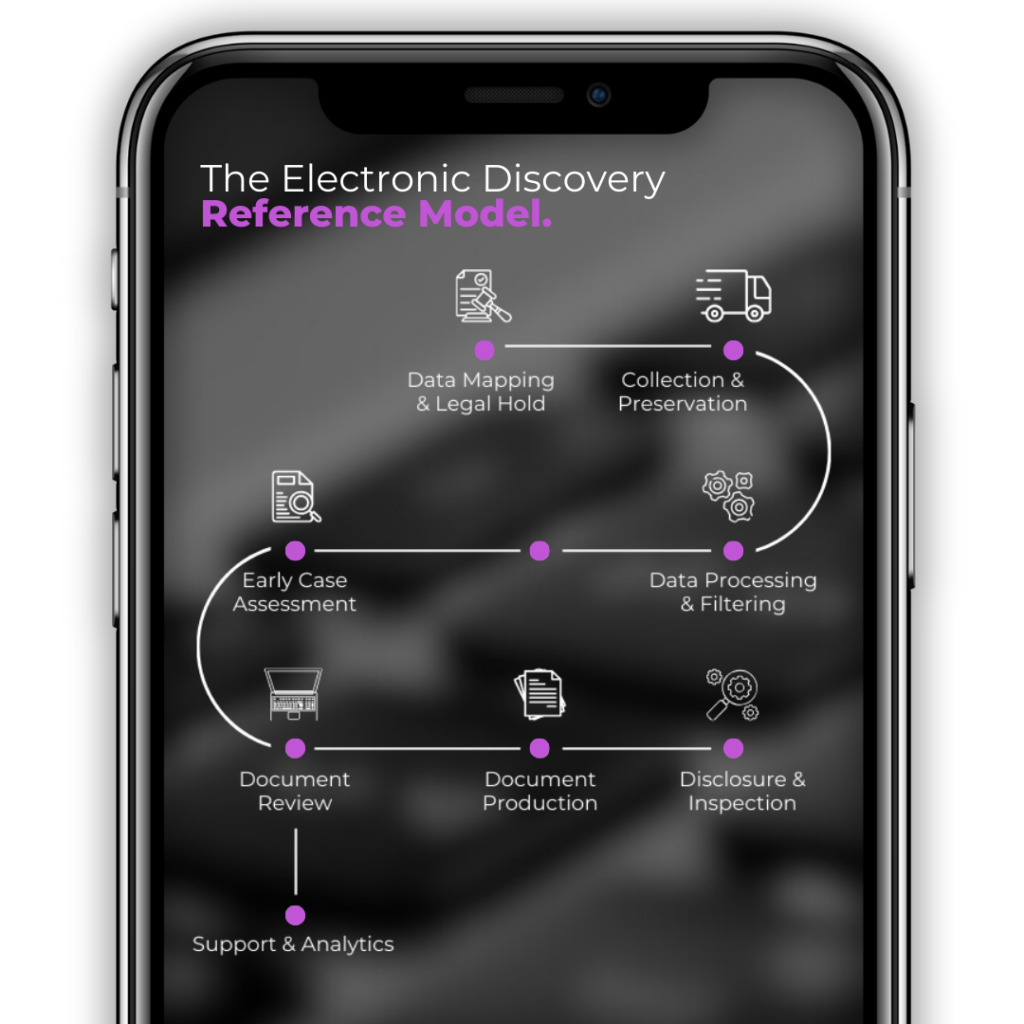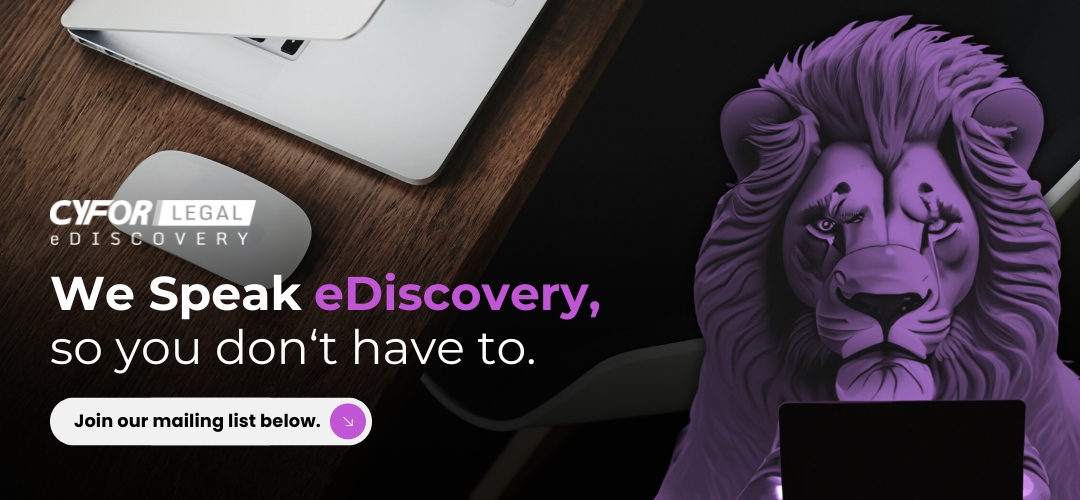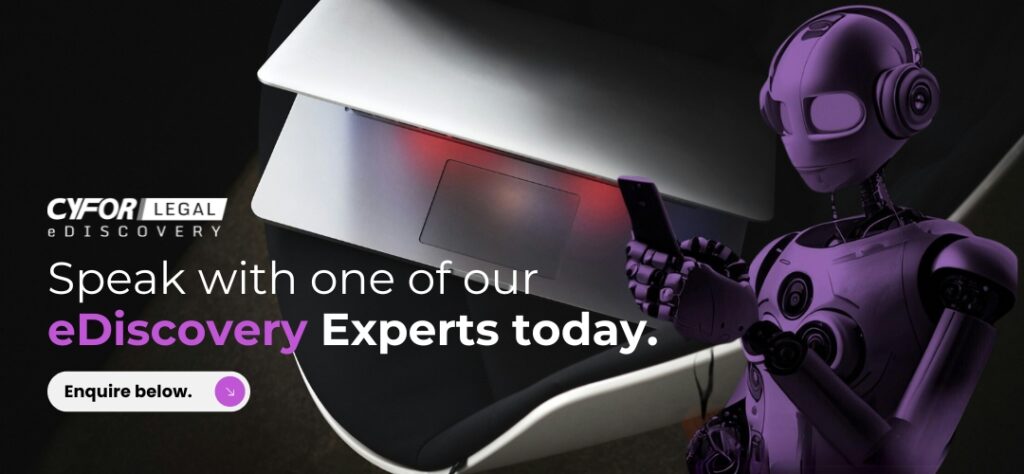EDRM has launched the EDRM 2.0 Project to update the iconic eDiscovery Model.
EDRM has recently announced plans to revise the iconic EDRM diagram to reflect the use of new technologies. Its use in emerging cases and its worldwide applicability in litigation and dispute resolution. Since its release in 2005, it has been viewed as the industry-standard depiction of the eDiscovery process with only minor revisions during that time. The project has launched with a refreshed EDRM Model for 2023. This incorporates the latest Information Governance Reference Model diagram.
What is the EDRM?
The Electronic Discovery Reference Model (EDRM) is a framework that outlines the standard approach to the discovery and recovery of electronically stored information. The diagram represents a conceptual view of the eDiscovery process, not a literal, linear, or waterfall model. Any individual engaged in eDiscovery, can engage in specific steps outlined in the diagram or elect to carry out the steps in a different order other than shown on the EDRM model.
A particular step might repeat multiple times, with the aim of identifying a more precise result outcome and a better understanding of the data that emerges. The EDRM itself intends to operate as a basis for discussion and analysis. And, not as a silver-bullet approach to all eDiscovery matters.
What are the stages of the EDRM?

The EDRM incorporates nine primary stages, which are retained within this revised iteration.
Information Governance – Organising your electronic house to mitigate risk & expenses should e-discovery become an issue. From the initial creation of ESI (electronically stored information) through to its final disposition.
Identification – Locating potential sources of ESI & determining its scope, breadth & depth.
Preservation – Ensuring ESI protection here against inappropriate alteration or destruction.
Collection – Gathering ESI for further use in the e-discovery process (processing, review, etc.).
Processing – Reducing the volume of ESI and converting it, if necessary, to forms more suitable for review & analysis.
Review – Evaluating all ESI for relevance & privilege.
Analysis – Evaluating ESI for content & context, including key patterns, topics, people & discussion.
Production – Delivering ESI to others in appropriate forms & using appropriate delivery mechanisms.
Presentation – Displaying ESI before audiences (at depositions, hearings, trials, etc.). Especially in native & near-native forms, to elicit further information, validate existing facts or positions, or persuade an audience.
Explore our entire eDiscovery solution suite here.




